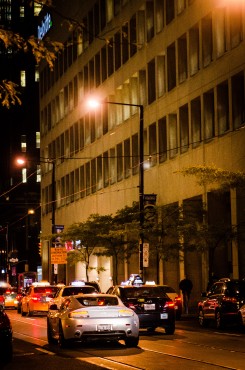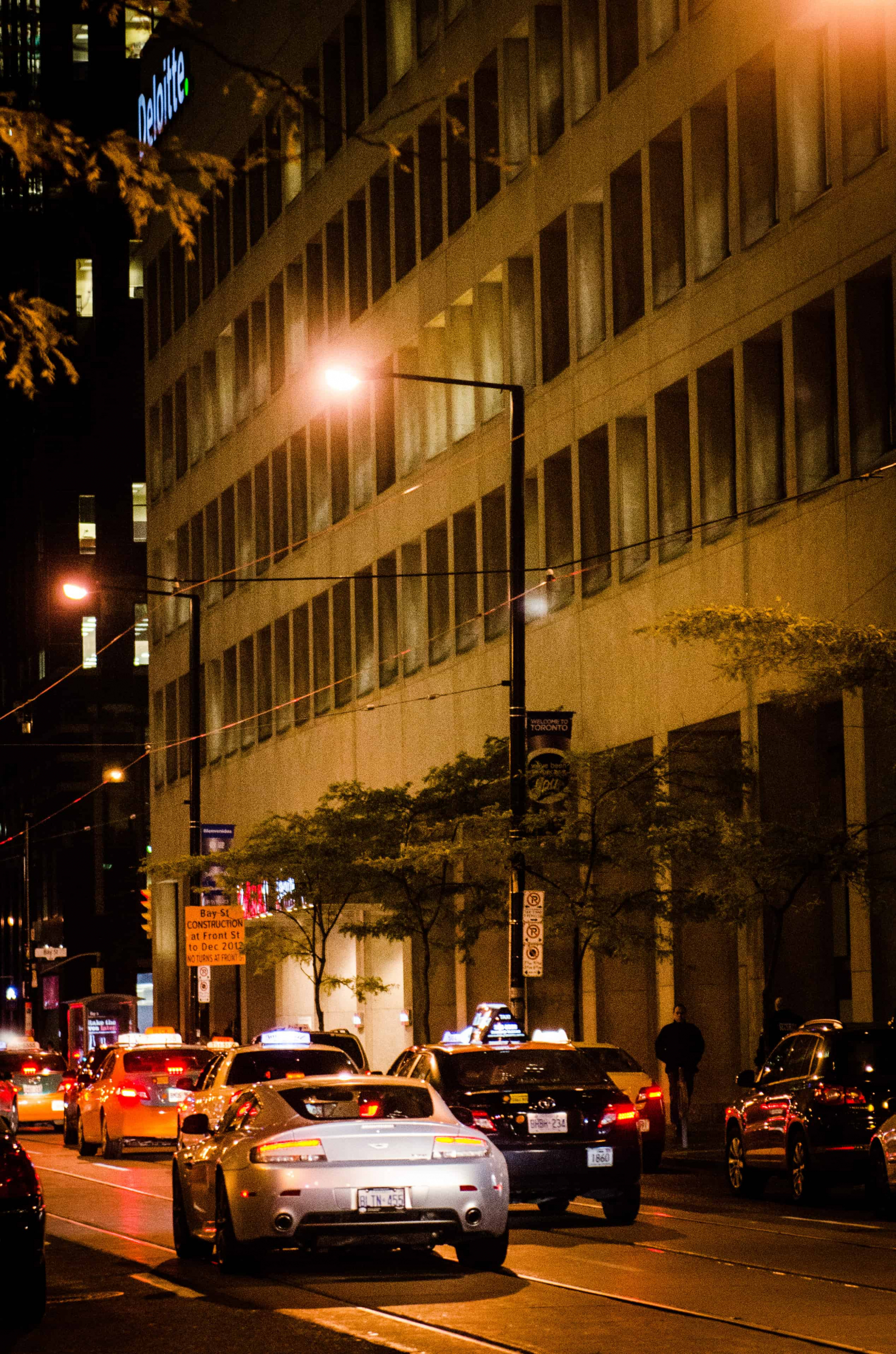The night sky in Toronto isn’t what it used to be. Those who have the privilege of getting out of the city from time to time will know the incredible majesty of the sky on a clear night. But even an hour’s drive from Toronto, you can still see a dull orange glow from the direction of the city, reaching up from the horizon. The lights of cities like Toronto can be seen from space, and you have to go a long way on land before you’ll see a truly dark night. Groups like the International Dark Sky Association (IDA) want to take back the night, and despite some objections, they make a good point.
The environment
 The argument you hear most often about light pollution is that it’s bad for birds. It’s pretty clear that this is the case, since birds are often attracted to light — sometimes it causes them to fly into buildings, and to circle oil-platforms or fishing fleets out a sea, disrupting their migration. It’s important not to trivialize the effect of light pollution in the environment. Birds, like all animals, are part of incredibly complex ecosystems and small changes can have large effects. And it’s not only birds; any nocturnal animal living in an area of light pollution also be affected.
The argument you hear most often about light pollution is that it’s bad for birds. It’s pretty clear that this is the case, since birds are often attracted to light — sometimes it causes them to fly into buildings, and to circle oil-platforms or fishing fleets out a sea, disrupting their migration. It’s important not to trivialize the effect of light pollution in the environment. Birds, like all animals, are part of incredibly complex ecosystems and small changes can have large effects. And it’s not only birds; any nocturnal animal living in an area of light pollution also be affected.
People
Beyond the bird-based worries, people often forget that light pollution has serious health effects for humans. The human body has a natural cycle of sleeping, waking, and other bodily functions that is regulated, in part, by light. Living in cities where night is often not much darker than day can disrupt these patterns, creating a major health risk. Not only can too much light prevent people from sleeping, but it can also cause sleeping disorders that stop people from sleeping properly even when it is actually dark. Over-exposure to light at night has also been linked to depression, obesity, and even cancer. So it’s not just the birds and raccoons who should be worried.
Solutions
The solutions to light pollution are easier than most people think. Almost no one is advocating a return to candle light, or dynamiting the Honest Ed’s storefront on Bloor. Instead, simple changes in lighting design can focus light downward, where it will be useful, and prevent it from shining upward and outward, where it can be harmful. There are lots of resources available to educate people about how to make their lighting less intrusive to their human and animal neighbors. Both individuals and institutions need to pay attention to concerns about light pollution when designing buildings and installing lights. This should, of course, be coupled with simply turning off unnecessary lights and using motion detectors or timers to ensure that lights are only on when they’re useful.
Safety
One of the biggest objections to efforts to decrease light pollution are worries about safety at night. These concerns are based on the faulty assumption that more, brighter light makes things safer. Actually, having things brilliantly illuminated leaves even more dense shadows outside the lit area. Very bright lights can also cause glare that leaves people unable to see. The safest lighting design is actually fairly low but consistent light, because it allows people’s eyes to adjust to the new conditions and evenly illuminates their surroundings. Couple this model with proper downward focusing fixtures and we can have cities that are safe and a little easier on the eyes.


